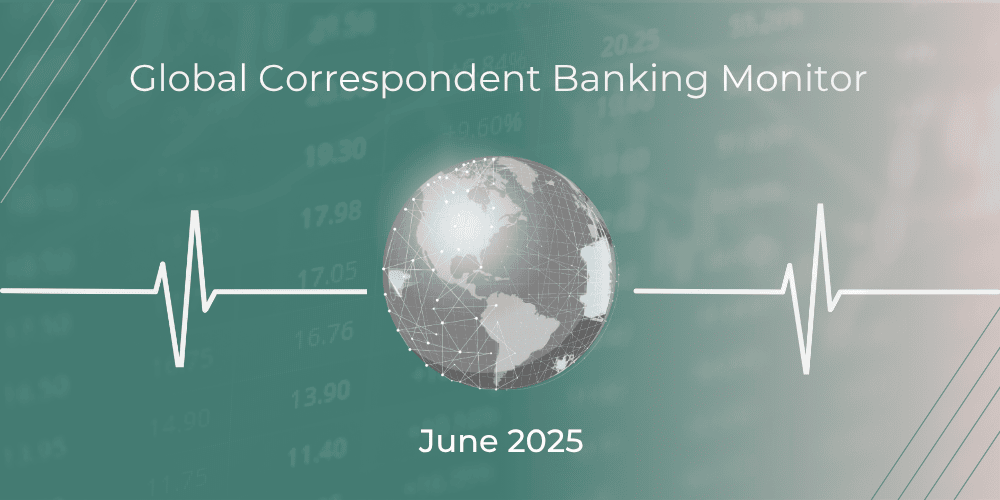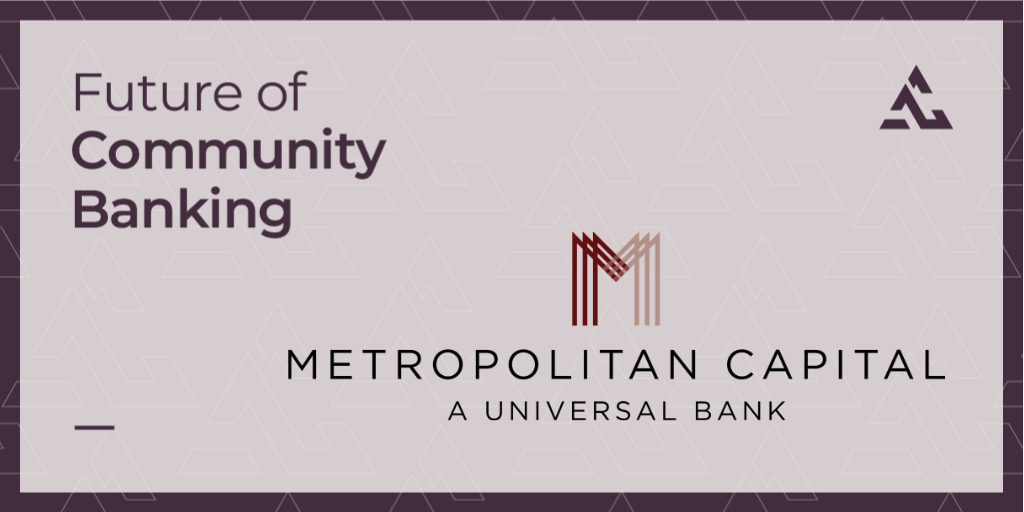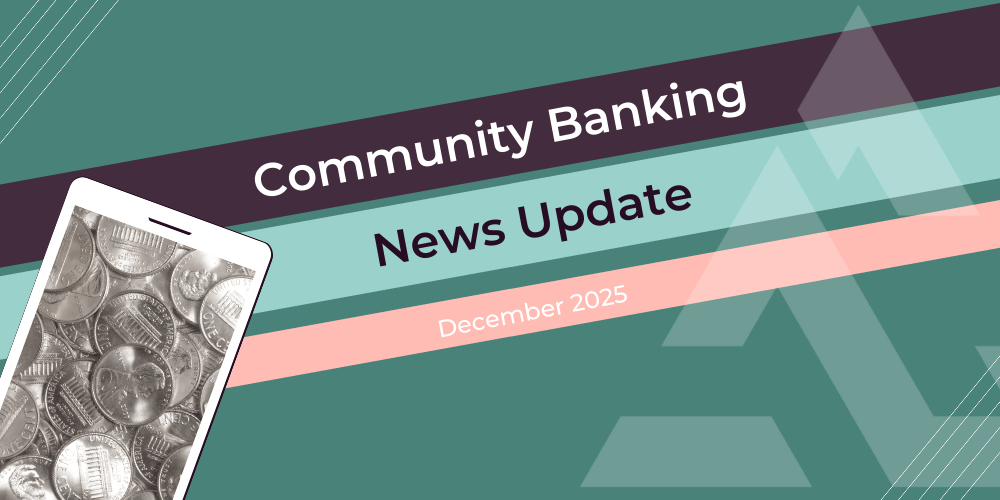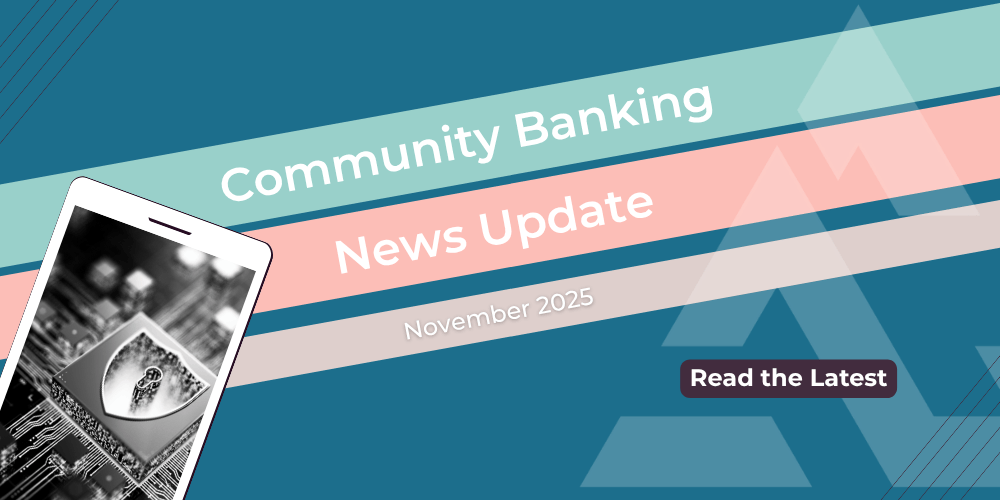This month’s new developments in cross-border payments and correspondent banking around the world.
This month’s Global Correspondent Banking Monitor covers new developments shaping the future of cross-border payments. From SWIFT’s launch of white-labeled real-time tracking tools for banks to a wave of new stablecoin partnerships amid regulatory uncertainty, the pace of innovation is accelerating. We also cover Global Payments’ acquisition of Worldpay, PayPal’s entry into India’s export payments market, a proposed U.S. remittance tax with far-reaching implications, and Africa’s fast-growing payment infrastructure expected to triple by 2035. Read on for the full breakdown. You can find the last issue here.
1. Swift Launches Real-Time Payment Tracking For Cross-Border Transfers, Powered By ISO 20022
SWIFT has announced a major upgrade to its cross-border payments platform, offering banks white-labeled, real-time tracking tools for international wire transfers. By leveraging ISO 20022 to standardize payments from end to end, this new initiative enables financial institutions to activate tracking services for their customers instantly, either via API or existing messaging channels. Customers will now have full visibility into the status of a payment, including confirmation upon receipt.
SWIFT is also rolling out an enhanced payment investigations solution aimed at resolving delays more efficiently. The tool uses structured ISO 20022 data to identify and fix issues faster, helping to reduce investigation times and associated costs. These efforts underscore SWIFT’s commitment to modernizing cross-border payments and making transparency the default, not the exception.
Community Banking Impacts:
For community banks, this innovation levels the playing field. Historically, many smaller institutions have lacked the infrastructure to offer real-time payment updates or resolve delays efficiently. With SWIFT’s new white-labeled tools, they can now deliver the same high-standard experience as larger banks, without heavy technical investment.
This could lead to improved customer satisfaction, lower operational overhead, and new opportunities for non-interest income. By embracing ISO 20022 and integrated tracking, community banks can offer faster, more transparent international payments, strengthening their competitive edge in the global marketplace.
Read our ISO 20022 guide for tips on implementation for community FIs:
2. Major Players Jump On Stablecoin Bandwagon Amid Regulatory Uncertainty
The stablecoin landscape is rapidly evolving as prominent companies and financial institutions adopt these digital assets for cross-border transactions. Visa is actively developing stablecoin-based solutions for cross-border payments, partnering with fintech firms like Stripe's stablecoin orchestration unit Bridge, Baanx, and Rain to streamline remittances and commerce. Meanwhile, Ramp, also in collaboration with Stripe, is introducing stablecoin-backed corporate cards aimed at simplifying cross-border transactions for businesses, starting in Latin America with plans to expand globally.
Meanwhile, top banks in the U.S. including Bank of America, Citibank, Wells Fargo, and JPMorgan Chase are teaming up to issue stablecoins through a joint venture.
Impacts on Community Banking:
While the adoption of stablecoins by major players signals a shift toward blockchain cross-border payment solutions, regulatory frameworks remain in flux. The U.S. Senate recently advanced the Guiding and Establishing National Innovation for U.S. Stablecoins (GENIUS) Act, aiming to establish federal oversight for stablecoin issuers, including reserve requirements and consumer protections. However, the bill has yet to become law, and even if it does, there’s still a long way to go before stablecoins will have the same kind of regulatory protections provided by traditional wire systems, especially for large dollar transactions. As the industry awaits definitive regulations, community banks must balance innovation with caution, ensuring compliance while exploring new digital payment avenues.
For a deeper dive into the safety and utility of stablecoin payments compared to international wires, read our analysis:
3. Global Payments Acquires Worldpay for $24.25B, Divests Issuer Solutions to FIS
In a transaction reshaping the payments landscape, Global Payments Inc. has announced definitive agreements to acquire Worldpay for a total value of $24.25 billion and to divest its Issuer Solutions business to FIS for $13.5 billion.
The acquisition of Worldpay positions Global Payments as a leading merchant solutions provider. The combined entity will serve over 6 million customers, processing approximately 94 billion transactions annually across more than 175 countries.
Impacts on Community Banking:
For community banks, the consolidation of Worldpay into Global Payments may influence the merchant services landscape. Community banks partnering with these entities might experience changes in merchant acquiring services, including potential benefits from expanded global reach and technology advancements. However, they should also be vigilant about possible shifts in service terms or pricing structures resulting from the consolidation.
4. PayPal Receives RBI Approval to Operate as Cross-Border Payment Aggregator in India
PayPal Payments Private Limited, the Indian subsidiary of PayPal Holdings Inc., has secured in-principle approval from the Reserve Bank of India (RBI) to function as a payment aggregator for cross-border exports. This regulatory nod enables PayPal to facilitate and streamline cross-border transactions for Indian exporters in one of the world’s biggest markets.
This development is expected to bolster India's export ecosystem by leveraging PayPal's global network and technological capabilities, thereby aiding small and medium-sized businesses in accessing international markets with greater ease.
Impacts on Community Banking:
For community banks, PayPal's entry into regulated cross-border payments in India underscores the growing importance of digital payment platforms in facilitating international trade. While this move primarily affects Indian exporters, it highlights a broader trend of fintech companies expanding their global reach, which could influence cross-border payment dynamics worldwide.
As digital payment solutions become more prevalent, community banks may need to explore partnerships or integrations with fintech platforms to offer competitive services to their clients engaged in international commerce.
Think your clients aren’t sending international payments? Think again:
5. U.S. Remittance Tax Proposal Could Impact India's $125B Inflows
Speaking of India, the "One Big Beautiful Bill," passed by the U.S. House of Representatives, includes a 3.5% excise tax on remittances sent abroad by non-U.S. citizens, such as H-1B visa holders and green card recipients, many of whom are Indian nationals. Given that India received approximately $125 billion in remittances in 2023, with around 28% originating from the U.S., this tax could reduce payment flows by an estimated $12–18 billion annually.
The bill, initially proposing a 5% tax, was revised to 3.5% after concerns from immigrant communities. If enacted, the tax would take effect in 2026, potentially leading to a surge in remittances before implementation and a subsequent decline. This development poses challenges for households reliant on these funds and could impact sectors like real estate and banking that benefit from remittance-driven investments.
Impacts on Community Banking:
For community banks serving Indian-American and other immigrant populations, the proposed remittance tax introduces uncertainty. A decrease in remittance volumes could affect deposit inflows and demand for related financial services. Banks may need to reassess their cross-border offerings and explore partnerships with fintech firms to provide cost-effective solutions that mitigate the tax's impact on customers.
Additionally, the tax could drive individuals toward informal remittance channels, raising compliance and security concerns. Community banks should proactively engage with clients to educate them on legitimate alternatives. Staying informed about legislative developments will be crucial in adapting strategies to support affected customers effectively.
6. Africa's Cross-Border Payments Set to Triple by 2035, Driving Infrastructure Investment
Africa’s cross-border payments landscape is on the cusp of dramatic expansion, according to a new study, with transaction volumes expected to more than triple over the next decade, from $329 billion in 2025 to a projected $1 trillion by 2035. This growth, fueled by increasing demand for seamless, affordable international payments, reflects a broader shift from legacy banking systems to more agile digital platforms.
While mobile wallets and neobanks are gaining traction, the real growth potential lies deeper, in the infrastructure that powers them. That includes FX liquidity networks, payment APIs, and robust compliance engines. According to investors and analysts, scaling this backbone is key to making the system more efficient and could generate billions in cost savings across the continent.
Impacts on Community Banking:
For community banks, particularly those with ties to Africa or serving diaspora communities, this expansion presents both opportunities and challenges. The increasing digitization of cross-border payments necessitates partnerships with fintech firms and investments in digital infrastructure to remain competitive.
Read about Acceleron’s partnership with Metropolitan Capital Bank:
Acceleron builds patented software that allows community banks and credit unions to conduct cross-border payment transactions profitably through a foreign exchange marketplace and currency conversion tool. Serving over 200 financial institutions and facilitating more than $1 billion in international payments annually, Acceleron Bank helps small banks generate non-interest income and compete more effectively with big banks. Our digital correspondent banking solutions and international payments automation integrate seamlessly with Fiserv Payments Exchange and other leading payments platforms, ensuring quick API integration for banks.
Subscribe to our monthly newsletter, "The Exchange," to stay ahead of the curve and get original content you won't find anywhere else!
 Daisy Lin, Head of Marketing, Acceleron
Daisy Lin, Head of Marketing, Acceleron

.png)





